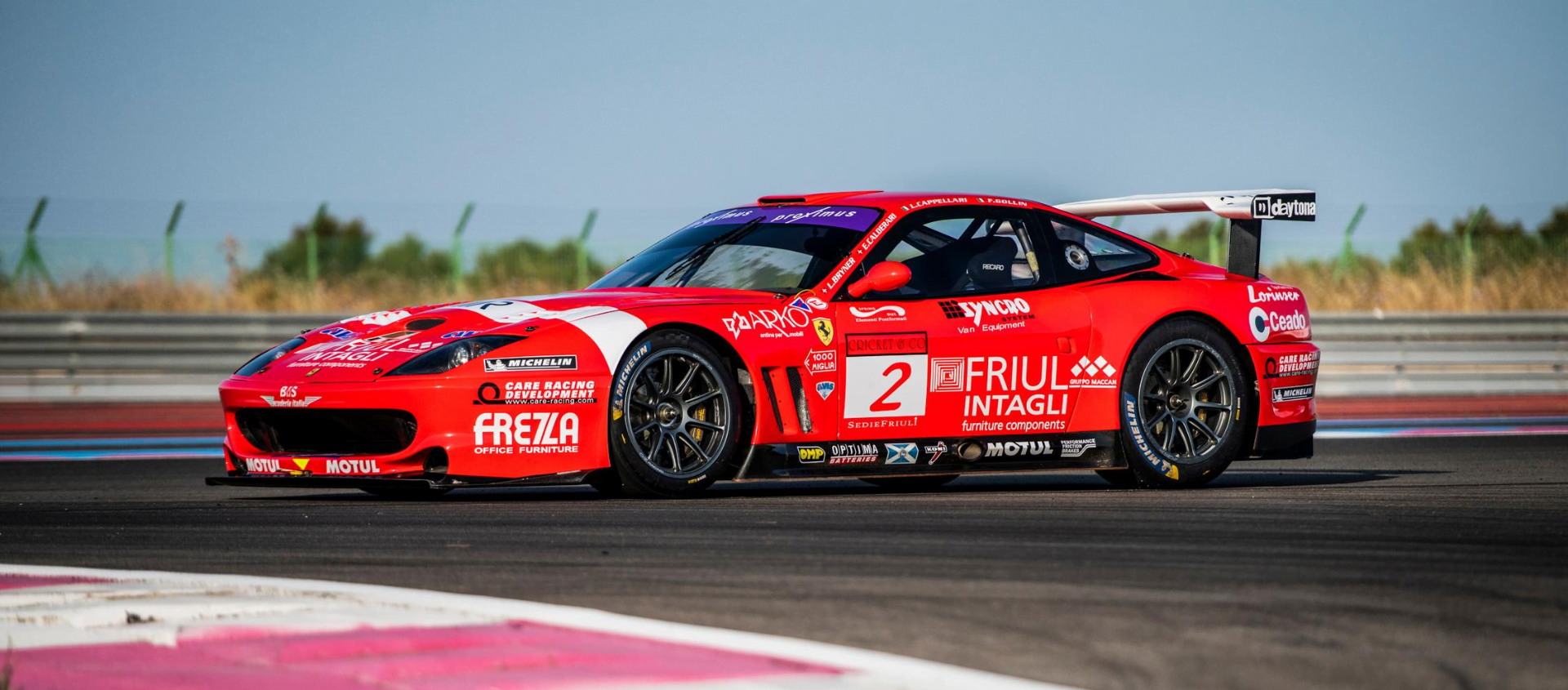RM sets the standard. Bravo!
20 August 2020 2 min read 4 images

The RM team could have faced anything: pandemic, switch to virtual, cancellation of certain auctions. But they should never have cancelled Pebble Beach. With over $100,000,000 taken last year (and over 20 million in commissions) it was a devastating blow to give up their crown jewel.
Register to unlock this article
Signing up is free and gives you access to hundreds of articles and additional benefits. See what’s included in your free membership. See what's included in your free membership.
Already have an account? Log In